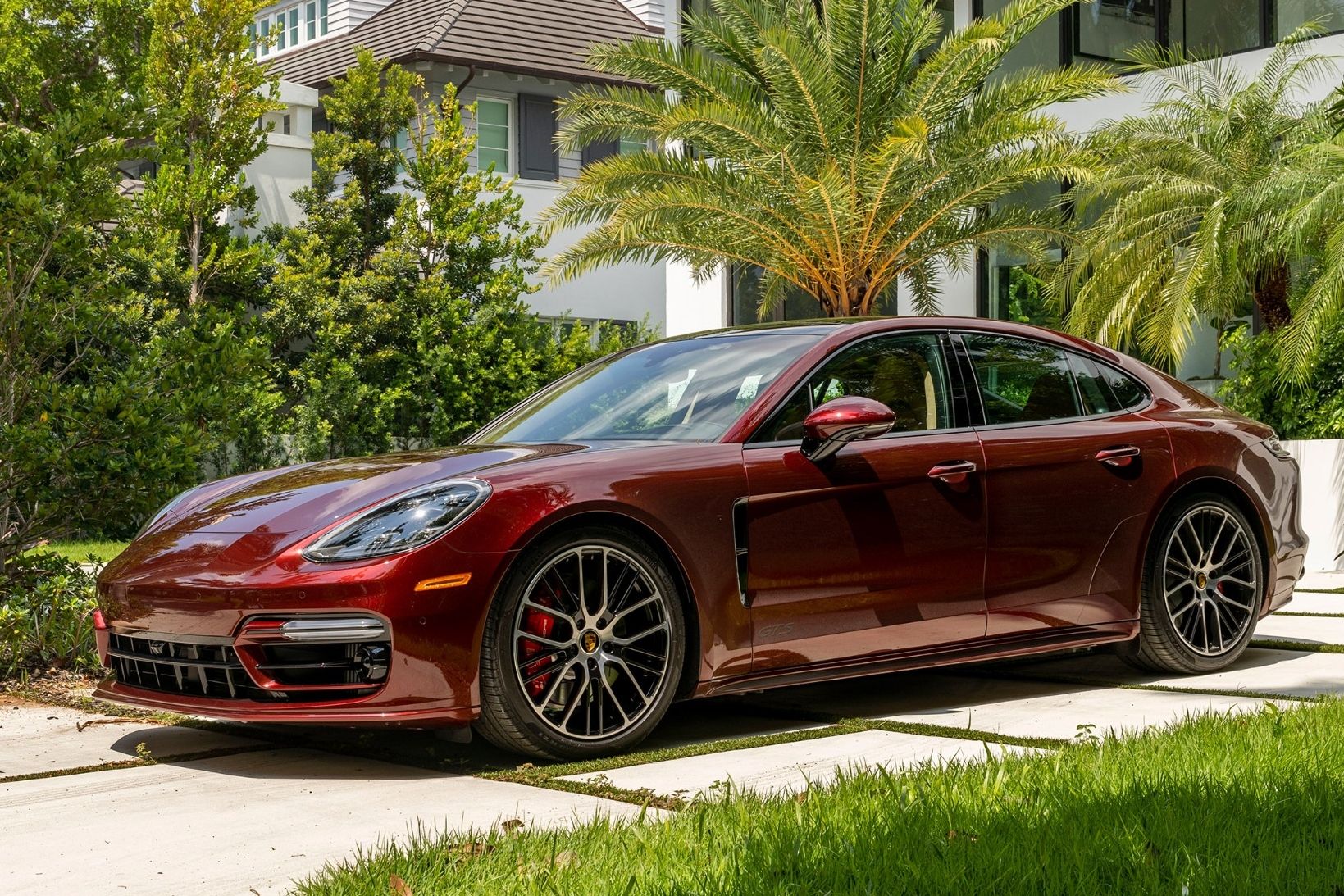
Last year marked the 70th anniversary of Porsche, and this year represents another milestone for the company. It may be hard to believe, but Porsche is celebrating the tenth anniversary of its first ever luxury sedan this year: the Panamera. Launched in 2009, the Panamera was unlike any other car on the market, combining sports car performance with the luxury and versatility of a touring sedan. While many were skeptical at the time about the sports car maker entering the sedan segment, the Panamera has been a huge success. Porsche initially planned to produce 20,000 units per year, but more than 235,000 Panameras have been sold so far.
"As a technology platform for innovations that were later transferred to other models, the Panamera has played a significant role in shaping the past ten years of the brand's history," said Michael Steiner, Member of the Executive Board Research and Development. "With its high-performance hybrid variants, it is now above all a trailblazer for electromobility at Porsche."
The Panamera isn't Porsche's first attempt at a four-seater or four-door sedan, however. In the 1950s, the automaker developed a comfortable four-seater based on the 356, dubbed Type 530. It had a longer wheelbase, larger doors and a raised roof at the rear. This was followed by a four-door prototype based on the 911 and, in the 1980s, lengthened variants of the 928. Then in 1988, Porsche made a new attempt with the Type 989, a four-door coupe with space for two full seats in the rear.
In the 2000s, the Mirage, Meteor and Phantom concepts led to the development of the Panamera, named after the Mexican endurance race 'Carrera Panamericana'.
"We wanted to build a four-seater sports car with a fast roofline, large tailgate and hatchback," said Porsche VP of style, Michael Mauer.
The first-generation Panamera was introduced to the world in spectacular fashion on April 19, 2009, on the 94th floor of the World Financial Center in Shanghai. It was maneuvered upright into a freight lift by a purpose-built carriage, which took 60 members of staff several hours. After its launch, Porsche expanded the model range with multiple gasoline, diesel and hybrid versions, as well as rear-wheel and all-wheel drive variants. Some models were available with a six-speed manual transmission, but most customers opted for the 7-speed dual clutch PDK gearbox.
The first-generation Panamera was given a facelift in 2013, as well as an extended wheelbase variant for the Chinese market and a power increase across the range. 2016 saw the debut of the second-generation model, featuring sleeker styling, a more practical Sport Turismo variant, and more powerful engines ranging between 325 hp and 670 hp for the plug-in hybrid Turbo S model. As for the Panamera's future, reports suggest Porsche is planning new coupe and convertible variants.
